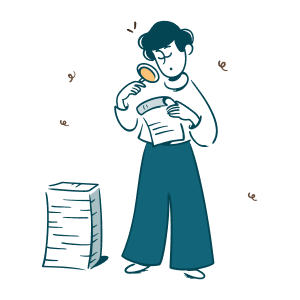HEALING
Safety
When your nervous system relaxes.
While stressors in our environment have a huge influence, safety is ultimately an internal experience.
The same ILR environment can feel safe enough to one practitioner and not safe enough to a different practitioner.
Sometimes the stressors that impact your safety as an ILR practitioner are obvious.
Sometimes the stressors that impact your safety as an ILR practitioner are NOT obvious.
My mentor is kind and patient, but I still have a deep fear of trying to talk in our language.
My ILR team works well together but I worry constantly about how the larger community is going to respond to our effort.
Nobody puts pressure on me, but I still feel this overwhelming sense that it’s my responsibility to save our language.


